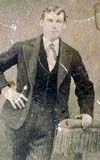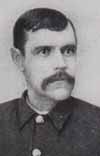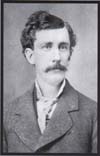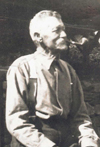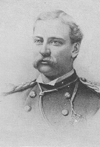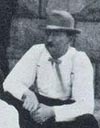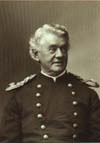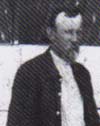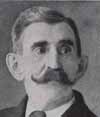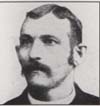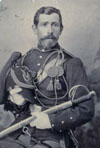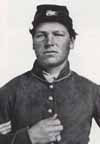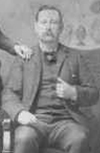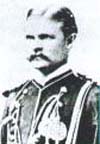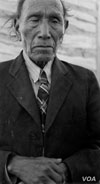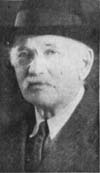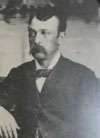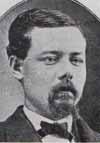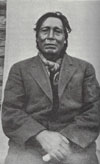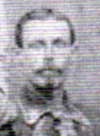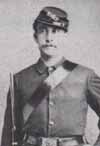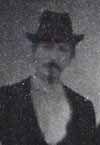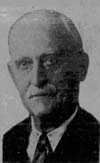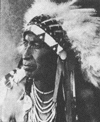Charles Clinton Barnett died in Anacortes, Skagit County, Washington, on April 3, 1935, and was buried there in Grand View Cemetery. He was a Private in Company G who was not present at the Battle of the Little Bighorn due to detached service at Powder River, Montana.
William Frank died on April 6, 1880, in Baltimore, Maryland. He was a Private in Company B who was with the pack train and participated in the hilltop fight during the battle.
John Curtis Hall died in Warsaw, Indiana, on April 6, 1908, and was buried under the name Peter Curtis Hall in the Oakwood Cemetery there. He was a Private in Company D who participated in the hilltop fight.
Herbert Hezekiah Arnold died on April 6, 1929, in Meriden, Connecticut, and was buried there in Walnut Grove Cemetery. He was a Private in Company C who was not present at the battle due to detached service at Fort Abraham Lincoln, Dakota Territory.
Charles Ackerman died at Fort Snelling Minnesota, on April 6, 1930. He was buried in the Forest Cemetery, which is now Forest Lawn Memorial Park in Maplewood, Ramsey County, Minnesota. He was a Private in Company K who was not present at the battle due to detached service at the Powder River Depot.
William H. Gilbert (left) married Mary Elizabeth Kittinger on April 7, 1870, in Philadelphia, Pennsylvania, and they had a son named Rudy who was born in 1874. William was a Corporal in Company L who died with Custer’s Column and was buried on Last Stand Hill.
Alexander Brown (right) died on April 7, 1884, at Fort Meade, Dakota Territory, and was buried in the National Cemetery there. He was a Sergeant in Company G who was with the pack train and participated in the hilltop fight.
Phillip Flood died on April 7, 1905, in Washington, D.C. He was a Private in Company G who was not present at the battle because he was in the government hospital for the insane in Washington, D.C.
William Alexander was born on April 8, 1838, in Armagh, Ireland. He was a packer with the Quartermaster who was with the pack train and participated in the hilltop fight.
John Roscoe Gray was born in Aetna, Maine, on April 8, 1855. He was a Private in Company B who was not present at the battle due to detached service at Powder River, Montana.
Stephen L. Ryan died on April 8, 1885, in Bismarck, Dakota Territory, and was buried in St. Mary’s Cemetery there. He was a Private in Company B who was with the pack train and participated in the hilltop fight.
James Harrison Smith (left) was born on April 9, 1848, in Madison, Indiana. He was a Private in Company G and one of three James Smiths in the Seventh Cavalry at the time. He was the only one of the three who was not present at the battle because he enlisted in the Seventh on June 20 and was en route to join his comrades. The other two who shared his name were killed with Custer’s Column and are buried on Last Stand Hill.
Morris Mason Farrar died in Philadelphia, Pennsylvania, on April 9, 1899, and was buried in Holy Cross Cemetery in Yeadon, Pennsylvania. He was a Private in Company E who participated in the hilltop fight.
